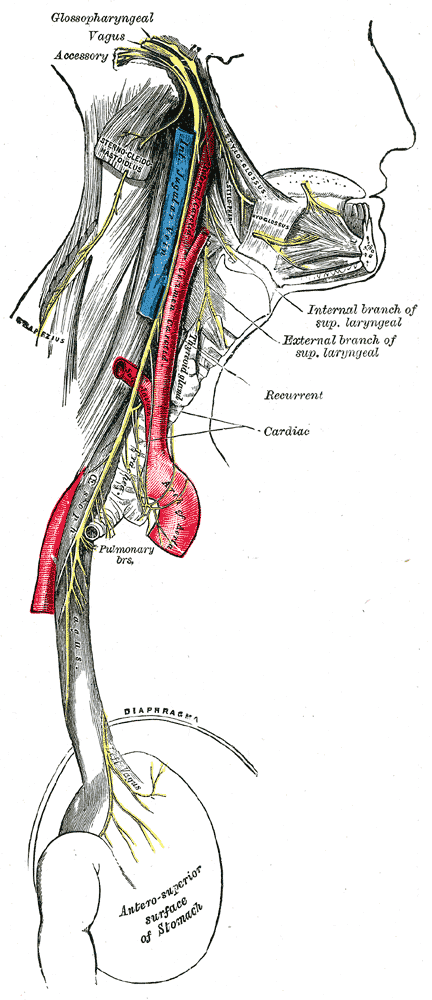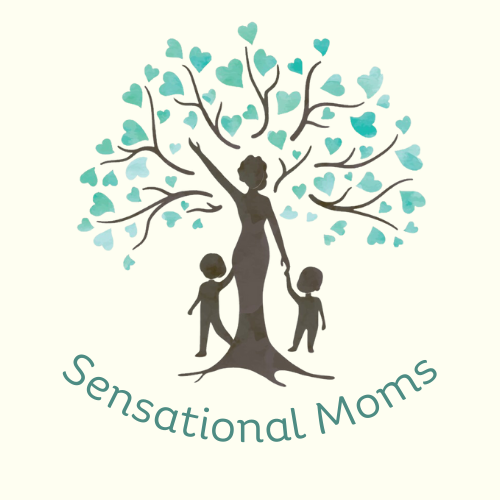Meaningful relationships profoundly impact the nervous system and bring us to a connected, regulated state in moments of sensory overload and help us hit those overwhelmed moments a little less often and intensely. Let’s dive into a basic understanding of the vagus nerve so you can understand how this works and delve into some practical ways you can practice this understanding .
Welcome back for the third post in our series Planning 101 for overstimulated homeschool moms. Last time, the topic was focusing on basic needs to decrease sensory overload, specifically sleep, movement, personal hygeine, nutrition, & order. If you missed it, you can find that article here.
Love, Belonging & the Vagus Nerve
Meaningful relationships that allow for true connection are one of the strongest antidotes for the stress that comes with sensory overload. Relationships are so important and the need is so deep that we will often endure personally unsafe and less than optimal conditions in order to give and receive love. Humans are highly social beings, yet our modern society & lifestyles can lead us to isolation almost by default.

Let’s face it. As much as others seem concerned about our kids’ socialization, the loving support network of moms, especially those who homeschool, can be limited.
Relationships: Sensory Overload Antidote
There are innumerable benefits to investing in our own genuine relationships as moms. Below our conscious awareness, our nervous system is scanning our environment and those people in it to assess safety. This is part of what Porges calls “neuroception.” We “feed off” each other without even realizing it. When we bring awareness to it, we can use this connection to co-regulate. It helps us feel connected and comfortable, even in otherwise dysregulated moments of sensory overload. You can even make yourself less likely to hit that state of sensory overload (or stay there shorter!) if we have a strong sense of social safety and connectedness.
We have to be especially intentional about building our network of caring relationships if we’re going to be serious about overcoming overstimulation. To understand how sensory overload and relationships are related, let’s start with a little bit of basic neurology with your vagus nerve.
What is the vagus nerve?
The vagus nerve is actually a bundle of nerve fibers, and it contains the majority of the nerves that send “rest and digest” (parasympathetic) signals to your body. This is the opposite of the “fight or flight” that we talk so much about (sympathetic). These functions are part of the autonomic nervous system. Think basic body functions, like heart rate and breathing rate to bowel and bladder function. This includes some functions like talking, singing, & swallowing. The vagus nerve is primarily responsible for shifting you back into a calm state after stress. You can read more about the vagus nerve here and check the blog in the future for a post devoted to the “wandering” vagus nerve.

Vagus nerve & social connection
According to Porges’ polyvagal theory, the vagus nerve has two pathways: ventral and dorsal. The ventral pathway responds to cues of safety, and it supports feeling socially connected and safely engaged. In contrast, the dorsal pathway responds to danger cues by making us feel numb or “checked out” as a protective state. This “awareness” of safety or danger occurs without our conscious control, called a sense of neuroception. When we feel connected to those around us, it sends signals of safety and shifts us into a connected (ventral) state. If you’d like to understand more about polyvagal theory, you can find a good starting point here.
Sensory overload and vagus nerve
Sensory overload can often lead to a numb, checked-out, frozen or dorsal vagal state. On the other hand, meaningful social engagement pulls us into a grounded, calmer ventral vagal state.
The more personal the communication– involving faces, voices, touch–the more impactful it is for our nervous system. So balancing the daily overstimulation of motherhood with meaningful relationships is very powerful in our plan to proactively address sensory overload.
Try these things
Engaging in meaningful relationships sounds nice, but the reality is difficult for homeschool moms. Relationships take time, effort, and energy, which is a limited commodity for us. It’s 100% worth your effort for many reasons, not the least of which is getting out of a cycle of sensory overwhelm.
Yes, in person contact is truly best for that ventral vagal connection, but there are other helpful options, too.
- Schedule in person meetings when you are able to
- Use video calls and facetime when it’s an option
- Opt for phone calls when you can
- Use voice message apps like Voxer or Marco Polo, etc.

Swap stories about your own sensory overload, and call it what it is! Talk about it outside of stressful moments. Then develop a phrase or word you can text to your trusted friend or family member when you feel overstimulated. Text it in the moment & know that someone else is praying for you or thinking about you in those moments.
Be honest with your spouse about the reality of sensory overload and how it affects your motherhood.
If you find this difficult or don’t know what to say you’re invited to book a free consultation to work through this scenario. You must understand it well yourself before you can describe it to someone else!
Check back next week, for the final post about Planning 101, with the last 3 basic needs.
Happy planning, connected mamas!
Take the first step toward connection.
If you can’t find this level of confidence with another person, I’ve been there. I’d be honored to be there with you, too. That’s why Sensational Moms started, so that you can have a trusted person to come alongside you to listen, support, and problem solve.
